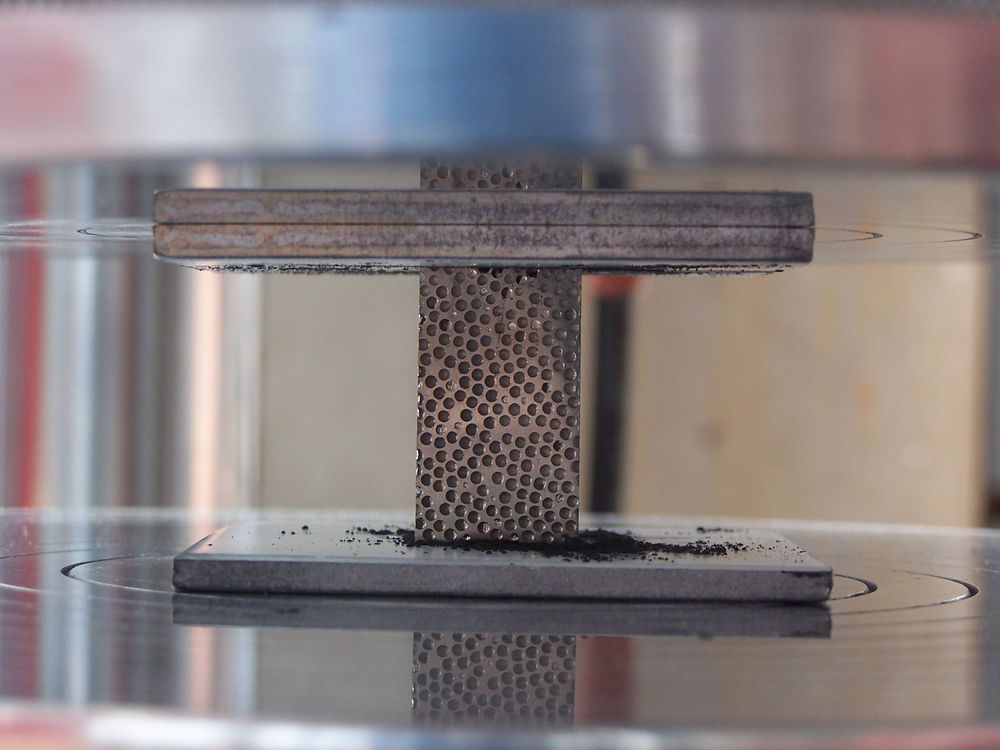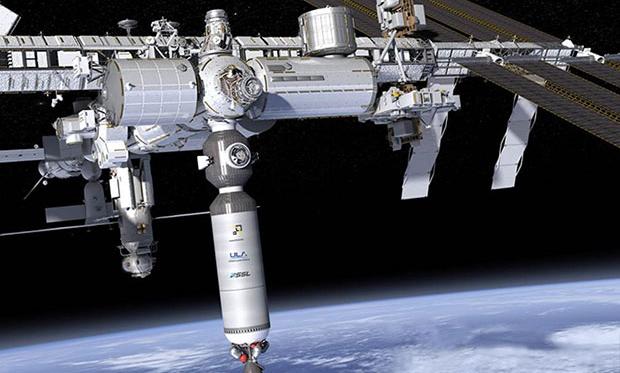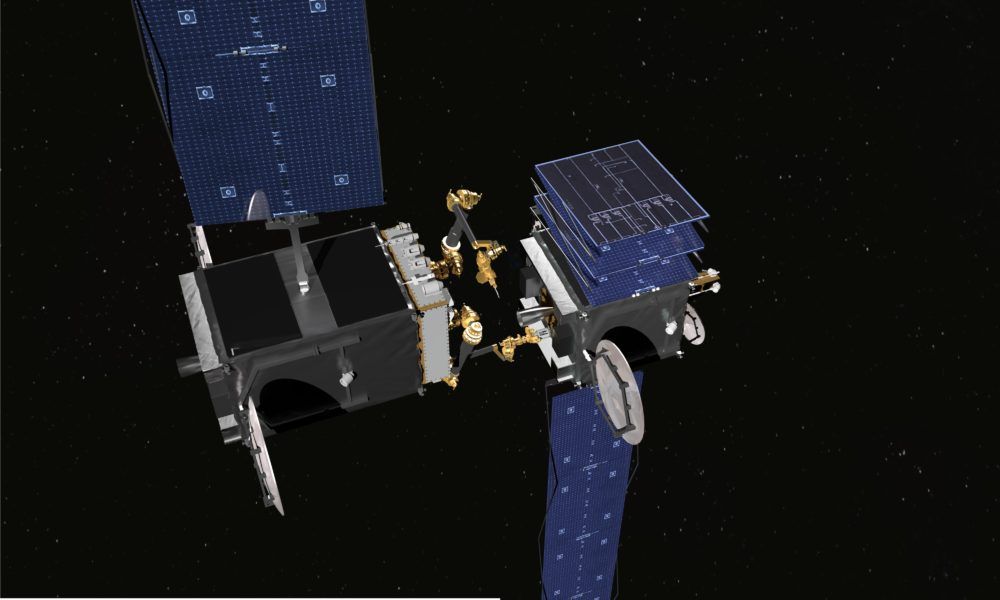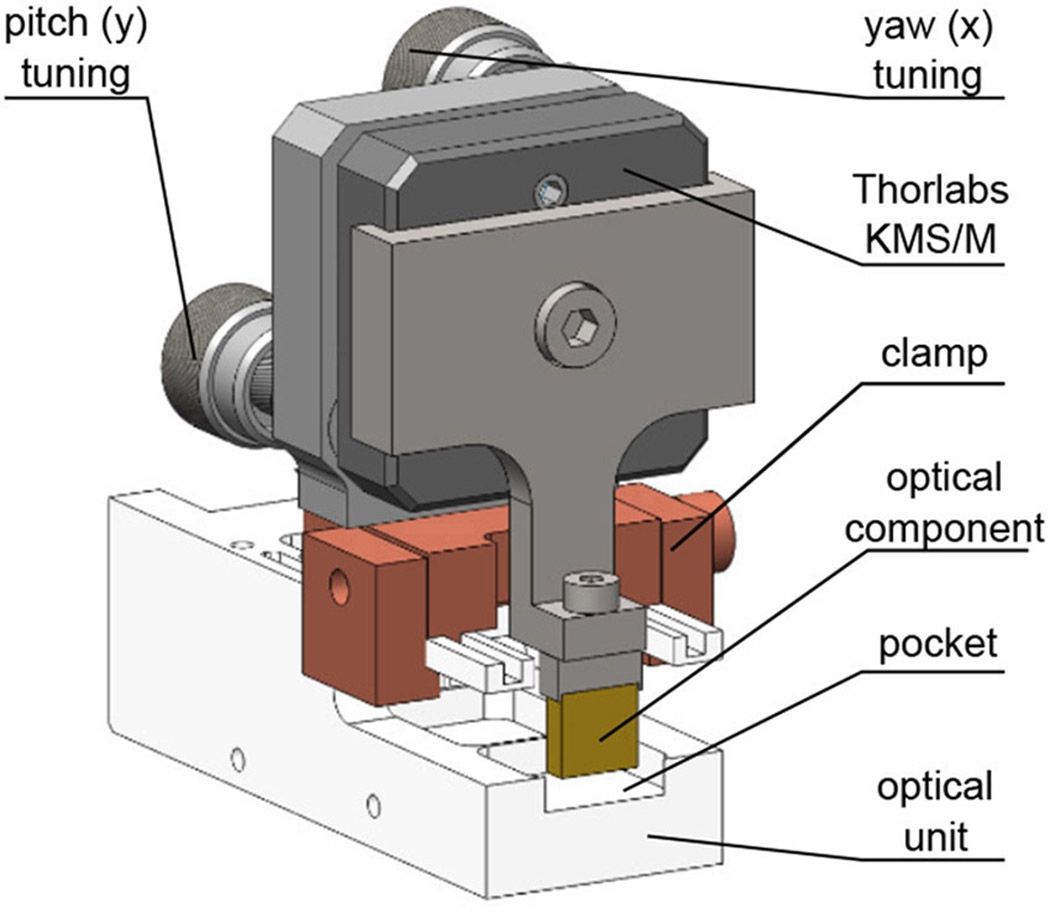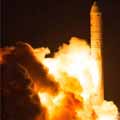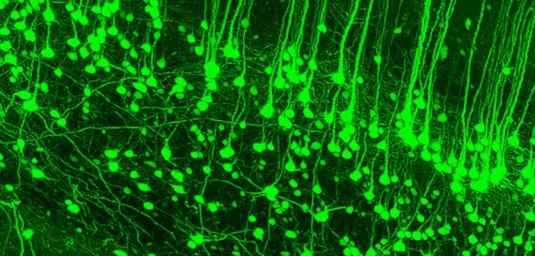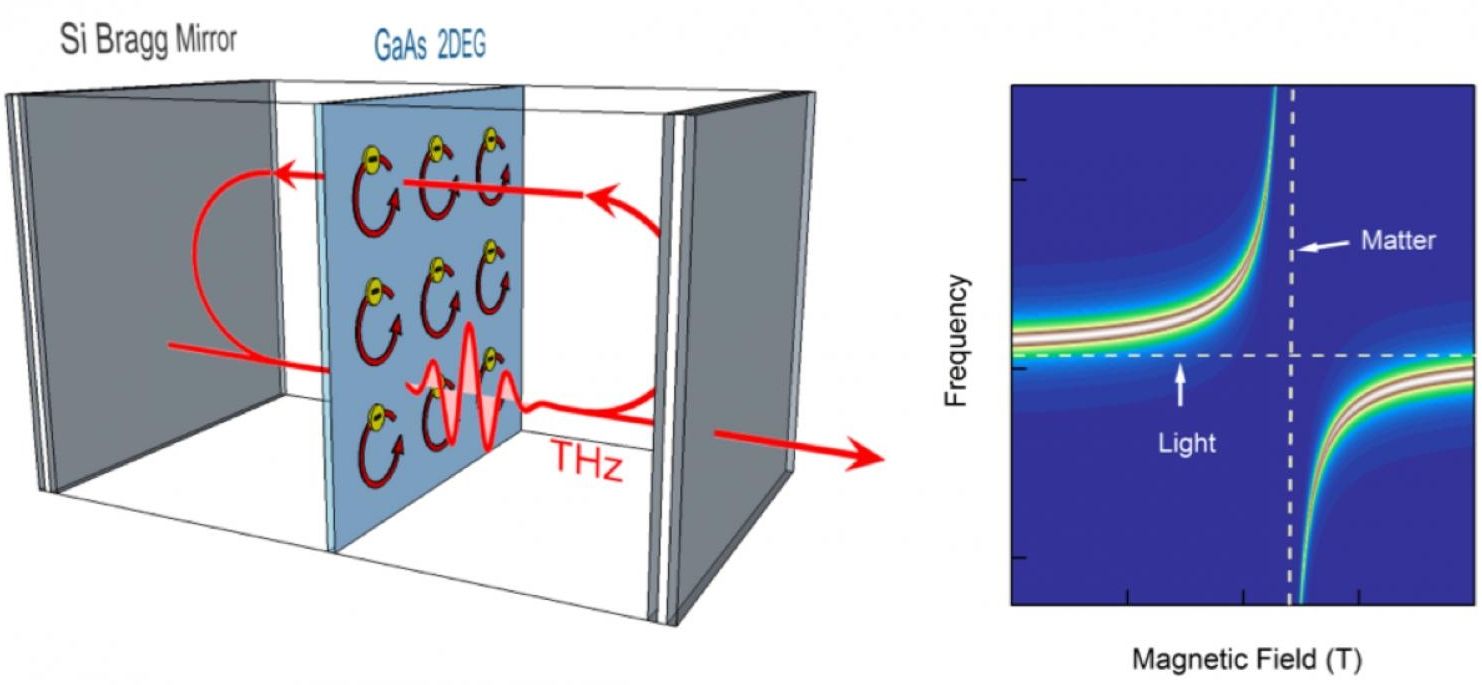Aug 22, 2016
Venus’ ‘Twin Planet’ Could Still Have Oxygen, Scientists Say
Posted by Karen Hurst in categories: alien life, space travel
# Venus # Oxygen – Venus’ ‘Twin Planet’ Could Still Have Oxygen, Scientists Say : Nine months ago, astronomers announced that they were able to discover a planet that is said to be a twin to Venus. Today, it seems that a new study raises the possibility of the said planet to have oxygen in its atmosphere – don’t mistake it for the next livable planet though – it is said to have hellish temperatures, which automatically rules out the possibility of life.
Dubbed the GJ 1132b, IFL Science noted that it is larger than Earth in size and mass. Temperature-wise, it is considerably hot at 120 to 320 degrees Celsius, but it is still considered cooler than most of the rocky planets previously detected.
Continue reading “Venus’ ‘Twin Planet’ Could Still Have Oxygen, Scientists Say” »

